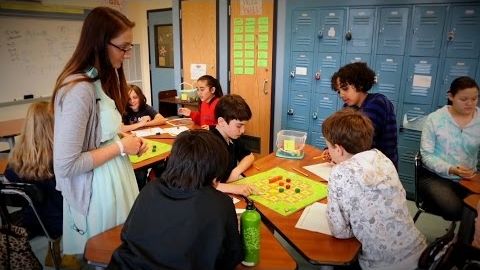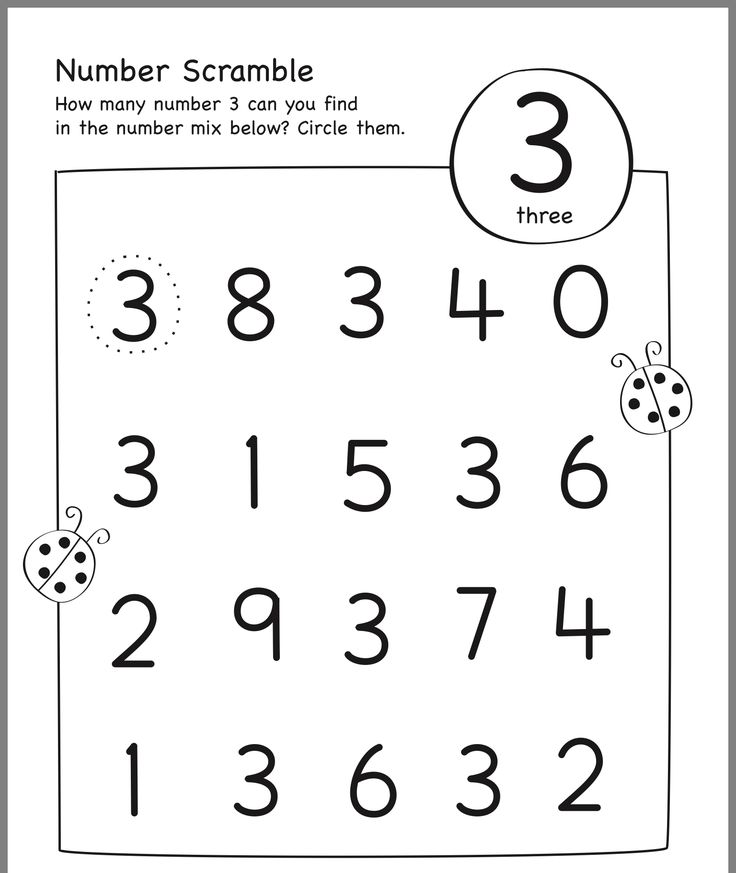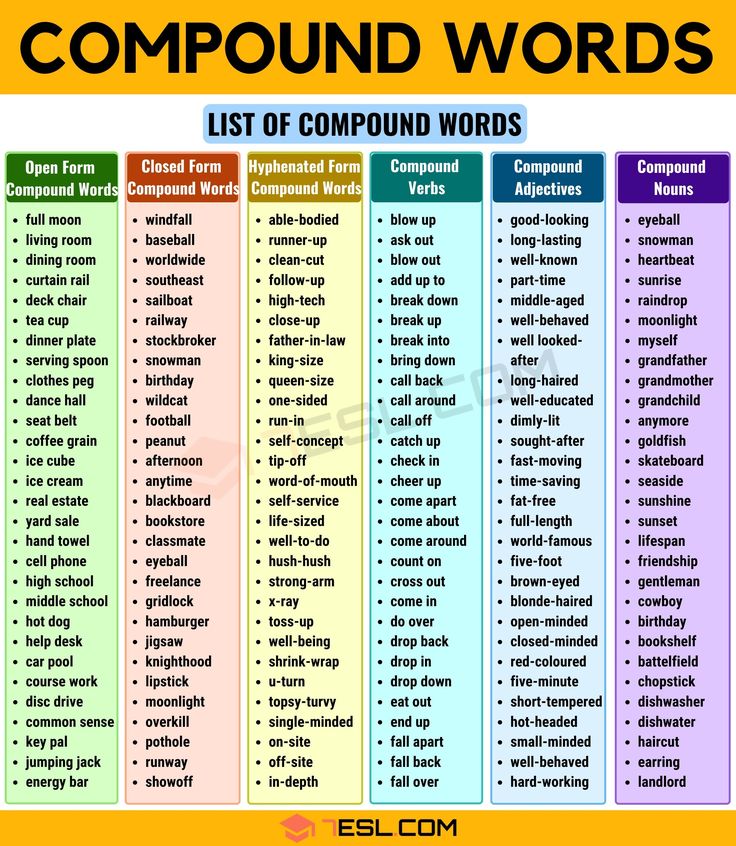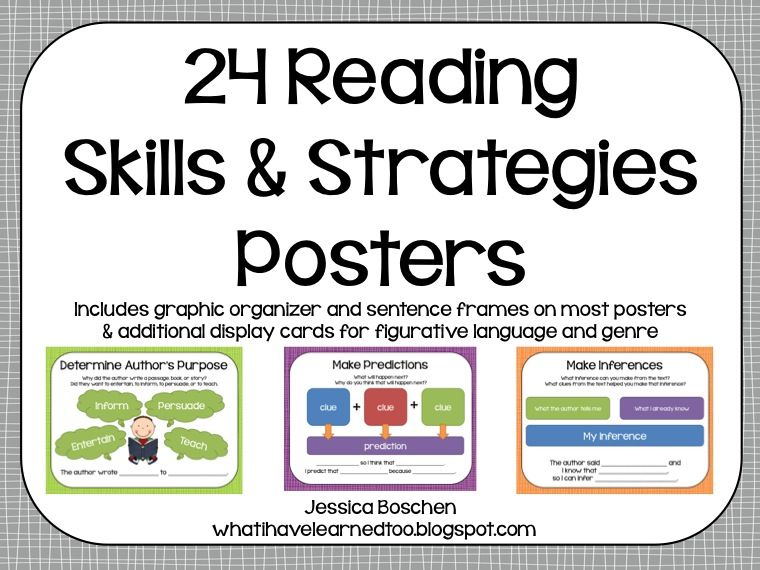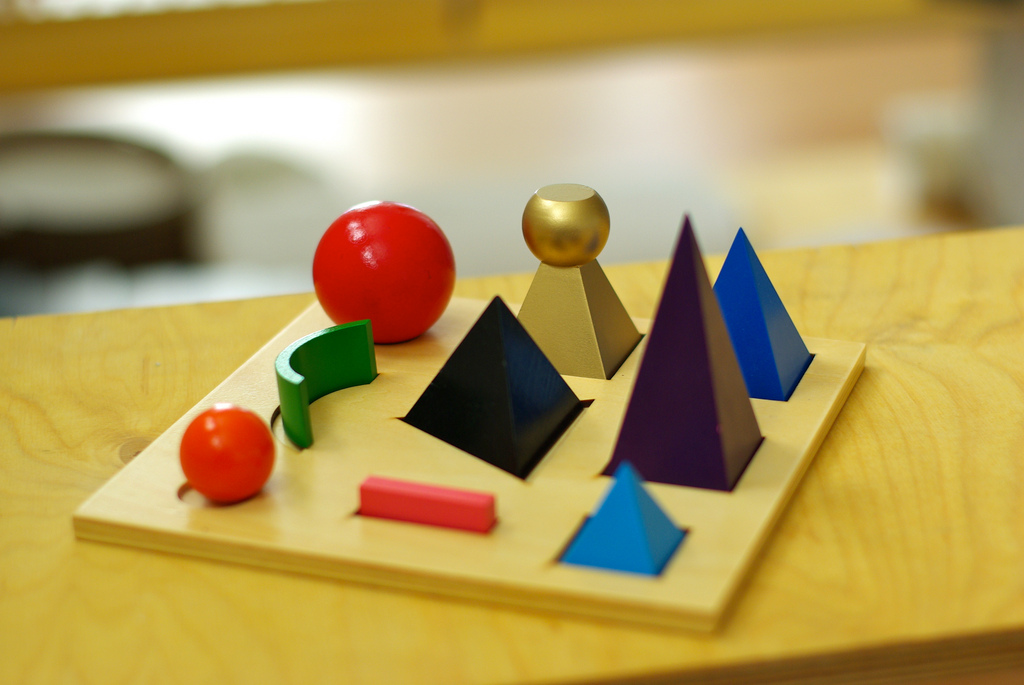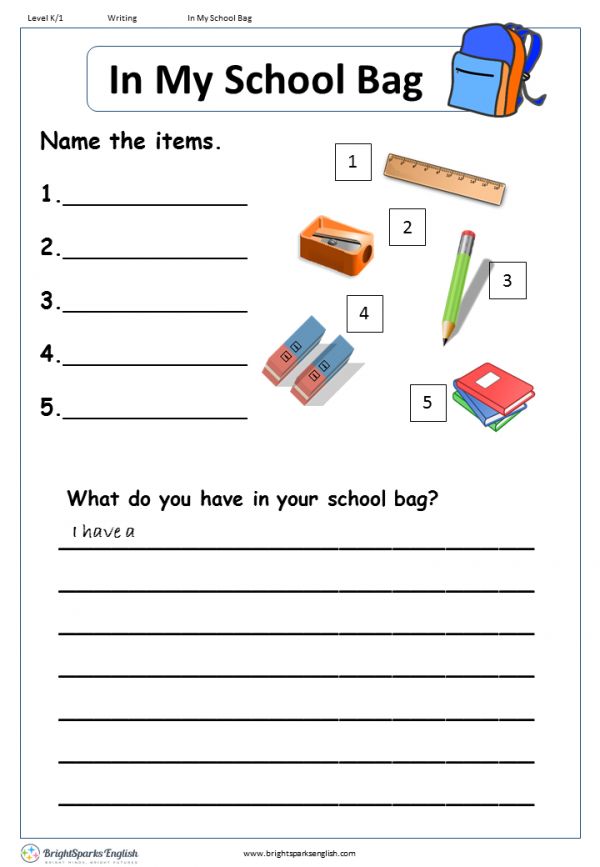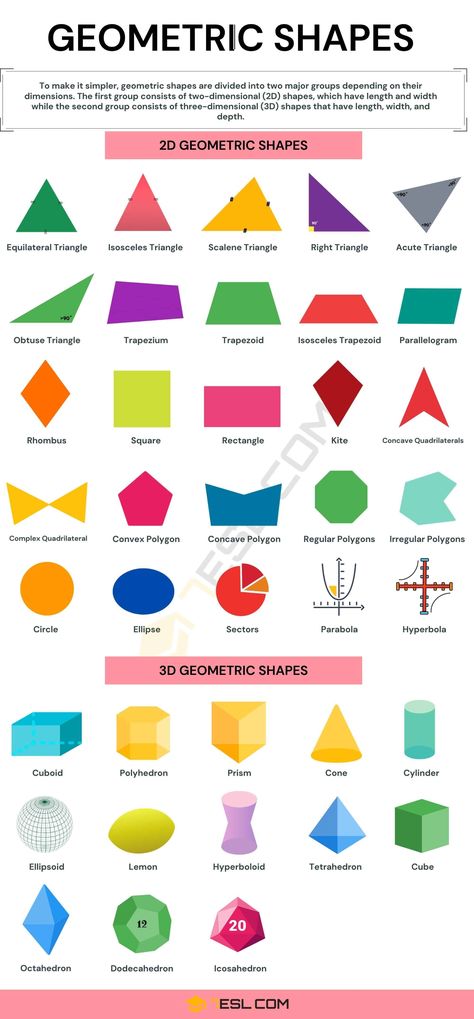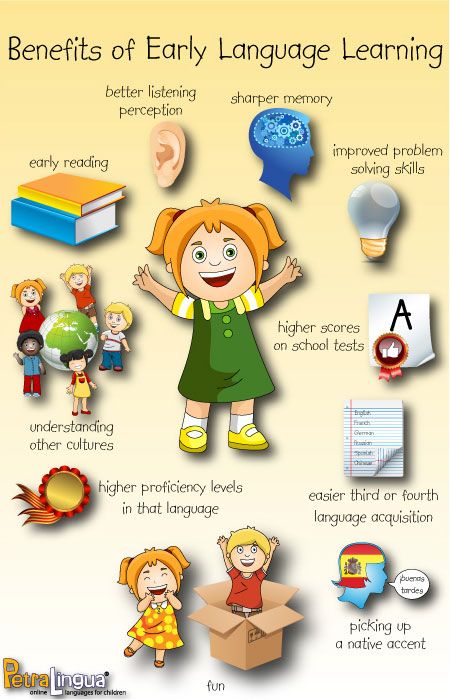Teaching sounds and letters
5 Fun And Easy Tips
Letter sounds are one of the very first things your child will encounter when they begin to explore reading.
By recognizing the phonetic sounds that alphabetic letters make, your child will take their first big step toward associating words with their individual sounds, an essential tool for, when the time is right, sounding out words.
Most new readers start from the same place — by learning their letters! And no matter where your child is on their reading journey, working with them on their letter sounds is a great way to help strengthen their fundamental skills.
Here are five fun and effective tips for working on letter sounds with your child.
5 Fun And Easy Ways To Teach Letter Sounds
1) Touch And Feel Letters
Humans are tactile creatures, and we depend on touch to tell us a lot about the world around us. This is especially true of kids when they’re learning!
Although most traditional reading curriculums focus on auditory and visual cues for letters and their sounds, touch can be helpful, too. We have five senses, after all, so we might as well take advantage of them!
As opposed to relying solely on how a letter looks when it’s written (and flat), adding in a physical sensory element can help your child build a stronger connection to the letter sound they’re trying to learn.
Doing this engages an extra part of their brain while they learn. Not only will they know what the letter looks and sounds like but also what it “feels” like. Associating the “feel” of a letter with its pronunciation may help them gain a better understanding of letter sounds more quickly.
There are plenty of options for exploring reading through your child’s sense of touch. The best part? Your child will get to do one of their favorite things — make a mess! Letting them get messy with letters provides a great incentive to learn.
If you’d like to try this tactile learning style, you can get started by grabbing a few blank pieces of paper. Using a thick, dark marker, write out the letters you want your child to work on.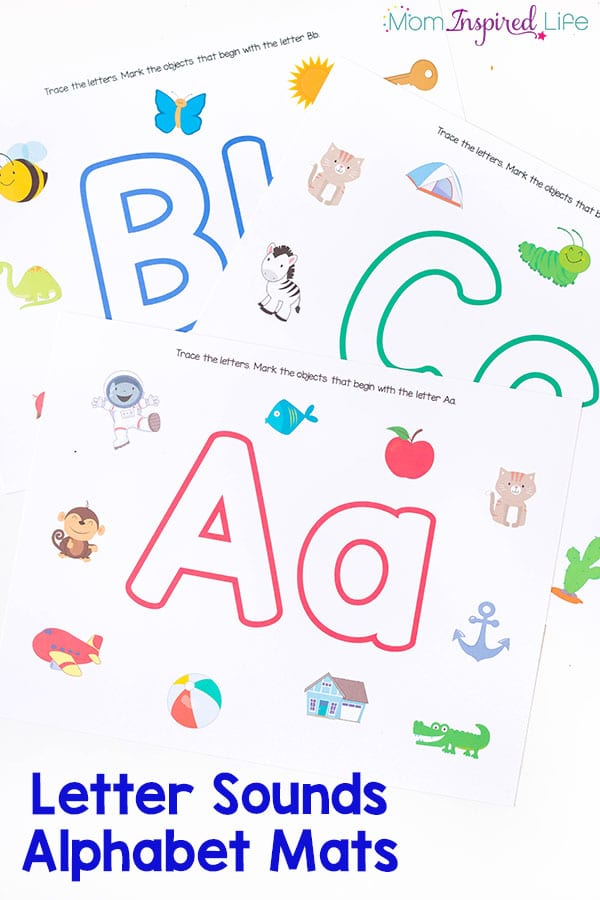
Then, you can simply grab whatever you have around the house that is malleable enough to form into letters. PlayDoh or kinetic sand are both great options.
We recommend saying the associated letter sound as your child looks at and forms the written letter with the PlayDoh or kinetic sand. You can also encourage them to shape their material over the outlined letter on the page if they need some extra guidance.
Feel free to also brainstorm words with them that share the letter sound they’re practicing. This could help them make even more connections to the letter and its sound!
If you don’t mind a little extra clean up, shaving cream can also be a great option! Simply spread out the shaving cream on a flat surface. Trace out the letter for them in the shaving cream, then ask them to do the same while you repeat the letter sound.
2) Connect Letter Sounds To Familiar Symbols
Letters and their sounds might be unfamiliar to your child. By making a connection between letter sounds and items or symbols your child might already be familiar with, you can help bridge the gap between what they don’t know yet and what they do!
Utilizing things that your child already knows and loves may encourage them to get more engaged with learning their letter sounds. Familiar ideas will also make them feel more confident and comfortable while learning.
Familiar ideas will also make them feel more confident and comfortable while learning.
For example, if you want to start with the letter “T,” consider printing out pictures of things that start with “T” that your child loves, such as trucks and tigers. Let your child choose which pictures to use, and then help them create their very own alphabet book with those images!
Working with your child to construct their personal letter-sound alphabet — a mixture of the specific picture you want them to learn to associate with a particular letter sound — is an easy and fun craft project that will pay off in the long run.
The more personalized you can make the learning process the more fun your young learner will have!
Familiarity can also help your child beyond simply learning the letter sound: it helps them build confidence! The more your child feels like they understand and know what they’re reading, the more likely they’ll be to develop an enthusiasm for learning.
3) Repetition, Repetition, Repetition
This technique focuses on repetition, which is great for getting your child familiar with their letter sounds.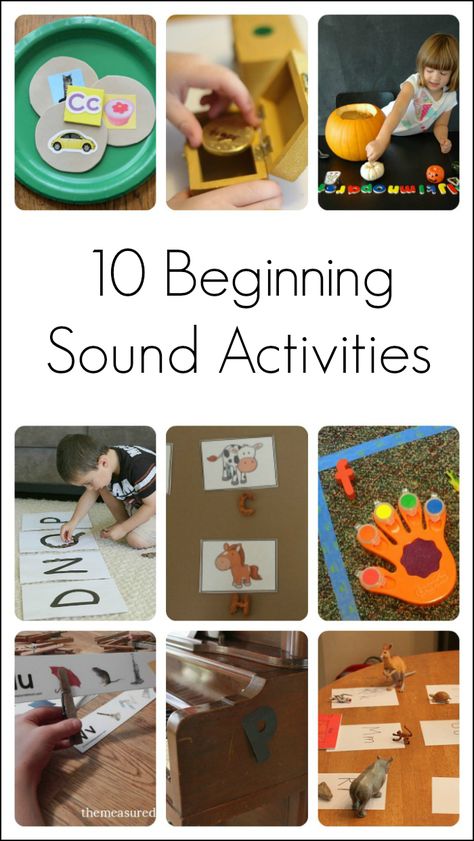 By consistently repeating the same letter sounds to them, you can help your child more easily pick up on them.
By consistently repeating the same letter sounds to them, you can help your child more easily pick up on them.
A great idea might be to focus on introducing your child to one letter sound at a time. You could make a “letter of the week” jar for your child. Place an empty jar on your counter labeled with the letter sound for the week.
Every time your child points out a word they’ve heard that starts with the letter sound of the week, they earn a “ticket” or “point” in the letter sound jar (you could also use stickers on a poster if you don’t have a jar handy).
Challenge your child to gain three or four points (or more!) during the day. You’ll want the jar to be somewhere your child sees it often — maybe in the kitchen so you can prompt your learner to think of a word while you’re making dinner or washing dishes!
They don’t have to rely on only the things they hear or see in real life, especially when it comes to those trickier letter sounds (like x, q, or z). Consider using some of your daily reading time to flip through magazines or books and point out the letter sound whenever you come across it.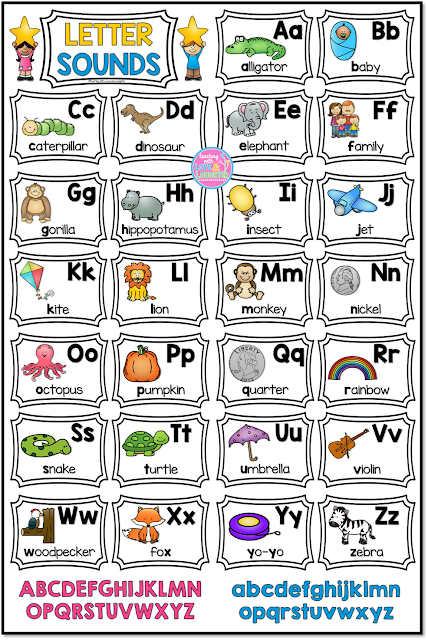
Emphasizing repetition this way really gives your child the chance to focus intensely on a single letter and explore the primary sound it represents!
Giving them ample amounts of time, practice, and exposure to one sound at a time may help them with their learning longevity.
4) Digital Letters In The 21st Century
Technology is a huge new factor in modern-day learning. Not only do children learn how to read and write texts, but now they also have to learn how to use a keyboard at a very young age.
While too much media time can be bad for your child, there are ways to be mindful about media consumption and incorporate media into their letter-sound learning. Especially for busy families, media can be a really useful asset to add to your parenting tool belt.
If you’re looking for a safe, personalized, and reliable place for your child to work on their reading and letter-sound skills, our online learning center has tons of playful games and exercises!
Your child can also use a simple keyboard to engage their letter-sound skills.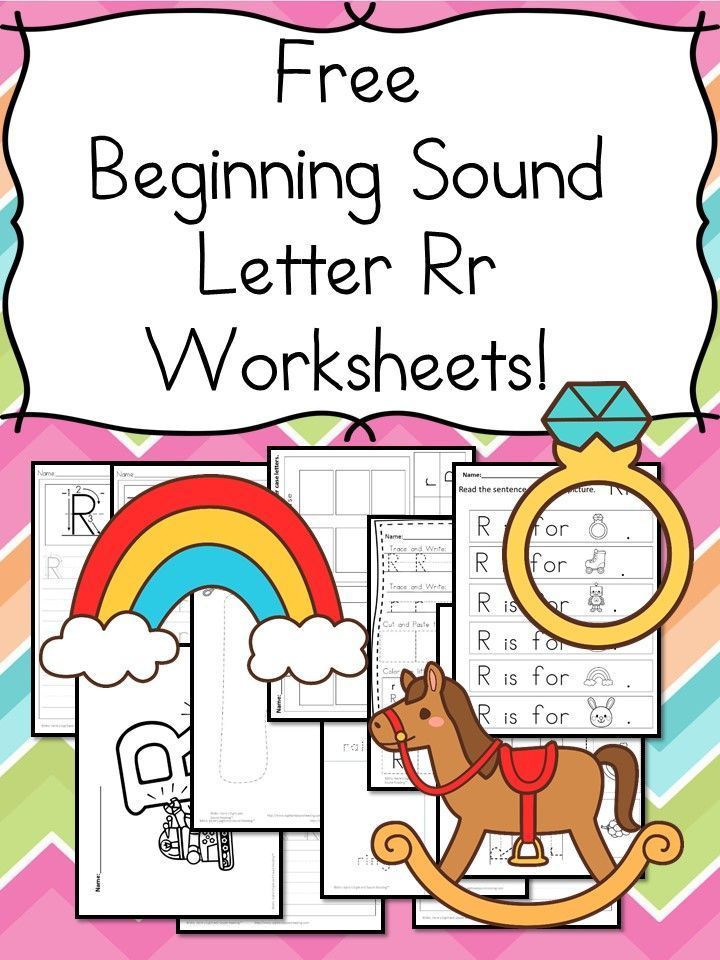 For this activity, you can call out the sound of a letter and ask your child to hit or point to the letter it matches on a keyboard.
For this activity, you can call out the sound of a letter and ask your child to hit or point to the letter it matches on a keyboard.
This exercise is easy and versatile, as you can use any keyboard you have around — on your phone, your computer, or a device designed for kids. And your child will probably love pretending to be a grown-up just like you!
5) Bingo
Classics are classics for a reason. And Bingo is a time-tested, kid-approved game!
If you’d like to take a shot at this activity, draw or print out a Bingo sheet that has pictures of things your child is familiar with (remember tip #2!). We recommend sticking to things they see daily, like apples (for the “a” letter sound), bikes (for the “b” letter sound), and so on.
To play, call out a letter sound and instruct your child to mark off the picture that begins with the same sound. If your child has siblings or neighborhood friends, consider inviting them to play along (it makes for a great virtual game, too).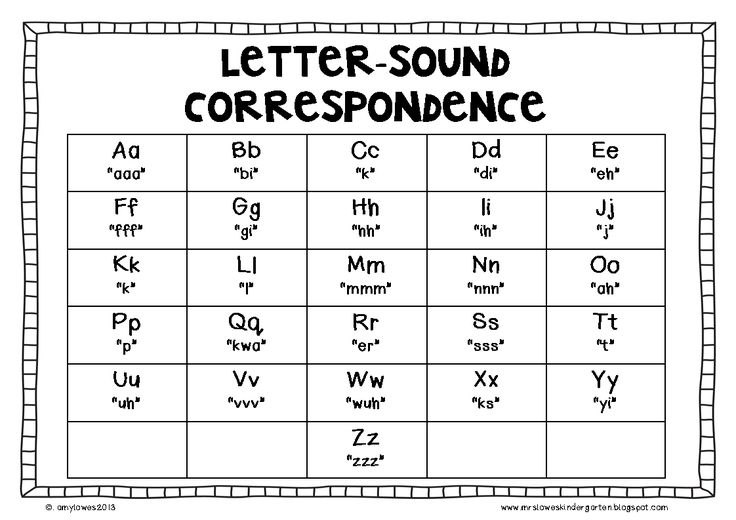
The first to make it to bingo wins!
Making Letter Sounds Fun And Functional
We hope these tips were helpful and gave you some creative ideas for how to get your child engaged with letter sounds (while having a blast along the way!).
We always want to leave you with a reminder that on the journey toward helping your child become a confident, enthusiastic reader, it may take some time to discover what learning strategies are the perfect fit for them. That’s OK!
If you ever need a little extra help or want to switch up your child’s learning routine, our learning center is always open and full of engaging and effective exercises for your emerging reader!
Author
How to Teach Letters and Sounds Correctly - Structured Literacy
by Karina Richland | Sep 10, 2022 | Multisensory Teaching, Phonological Awareness, Reading, Reading Skills, Rhyming | 4 comments
Teaching letters and sounds can seem complicated, but it doesn’t have to be! There are a few key things you can do to make the process smoother for both you and your student.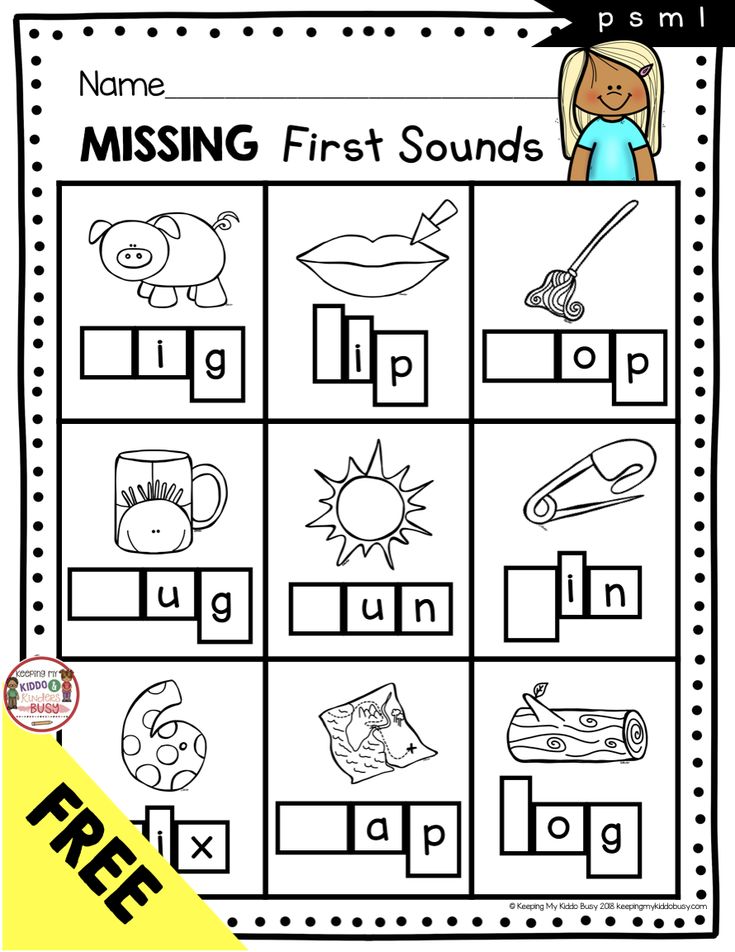 In this blog post, I will discuss the importance of phonological awareness before teaching letters and sounds, as well as the best sequence for teaching letters and sounds. I will also provide tips on using tactile materials and multisensory activities in your classroom. Finally, I will give you some helpful hints on watching your students’ pronunciation. Follow these simple steps, and you’ll be on your way to teaching letters and sounds like a pro!
In this blog post, I will discuss the importance of phonological awareness before teaching letters and sounds, as well as the best sequence for teaching letters and sounds. I will also provide tips on using tactile materials and multisensory activities in your classroom. Finally, I will give you some helpful hints on watching your students’ pronunciation. Follow these simple steps, and you’ll be on your way to teaching letters and sounds like a pro!
Step 1: Build Phonological Awareness Before Teaching Letters and Sounds
Building phonological awareness is a crucial step in teaching letters and sounds. What is phonological awareness? It means that your student can recognize sounds, rhythm, and rhyme involving spoken words. You hear it and you speak it. There is no print involved in phonological awareness. Phonological awareness happens long before your students are introduced to letters of the alphabet. There are three main areas of phonological awareness: Rhyming, Syllables, Phonemic Awareness
Research has shown us that phonological awareness is highly related to later success in reading and spelling.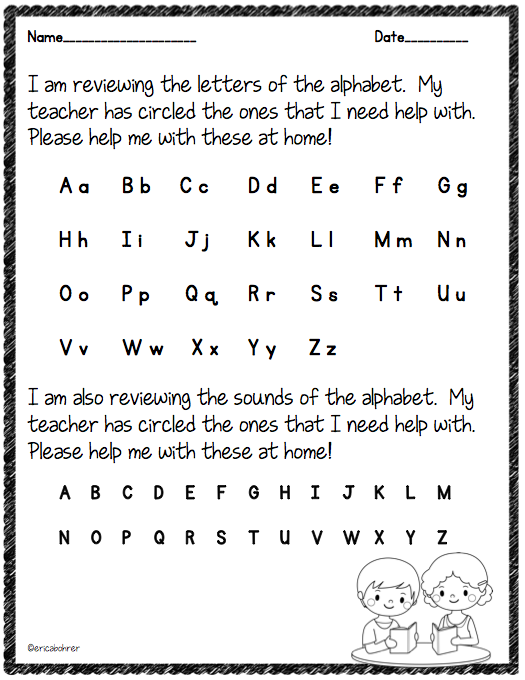 Students therefore need to master these three skills before learning to read. To learn more, please read this post:
Students therefore need to master these three skills before learning to read. To learn more, please read this post:
What is Phonological Awareness?
Step 2: Teach Letters and Sounds in Isolation
Once phonological awareness has been established, it’s time to start teaching the letters and sounds of the alphabet. Here are some tips on how to teach this to your student so that they are successful.
Teach Lowercase Letters First
Lowercase letters should be taught before uppercase letters. Your student will come across lowercase letters the most when they begin printing and blending words, so they will need a solid knowledge of the lowercase letters. Uppercase letters are usually easier for children to master and they typically gain proficiency with uppercase letters due to more frequent exposure in environmental print as well as with initial uppercase letters in names. Therefore spending more time teaching the lowercase letters will benefit your student greatly.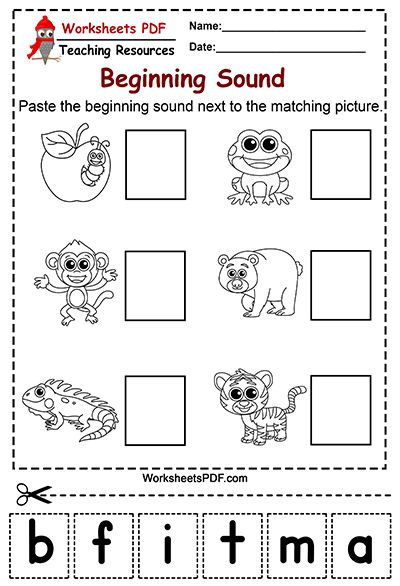
Teach Each Letter in Isolation
You will want to work on just one letter at a time and not teach a new letter until the previous letter has been mastered. Go slowly and use a lot of repetition. If you are working with a reading program such as the PRIDE Reading Program, you will simply follow the program’s direction and use the program’s scope and sequence.
Review Previously Learned Letters
Each time you add a new letter to the mix, review the previously learned letters. Because your student needs a lot of repetition, it is really important to review, review, review. When you hold up the letter flashcard, you will want your student to say the letter sound and the letter name within three seconds.
Say, “When I hold up a letter, say the letter’s name and give its sound.”
If your student is not saying the letter and sound in three seconds…go back and reteach. It means you went too fast and didn’t give your student enough time and enough practice to master the letter and sound.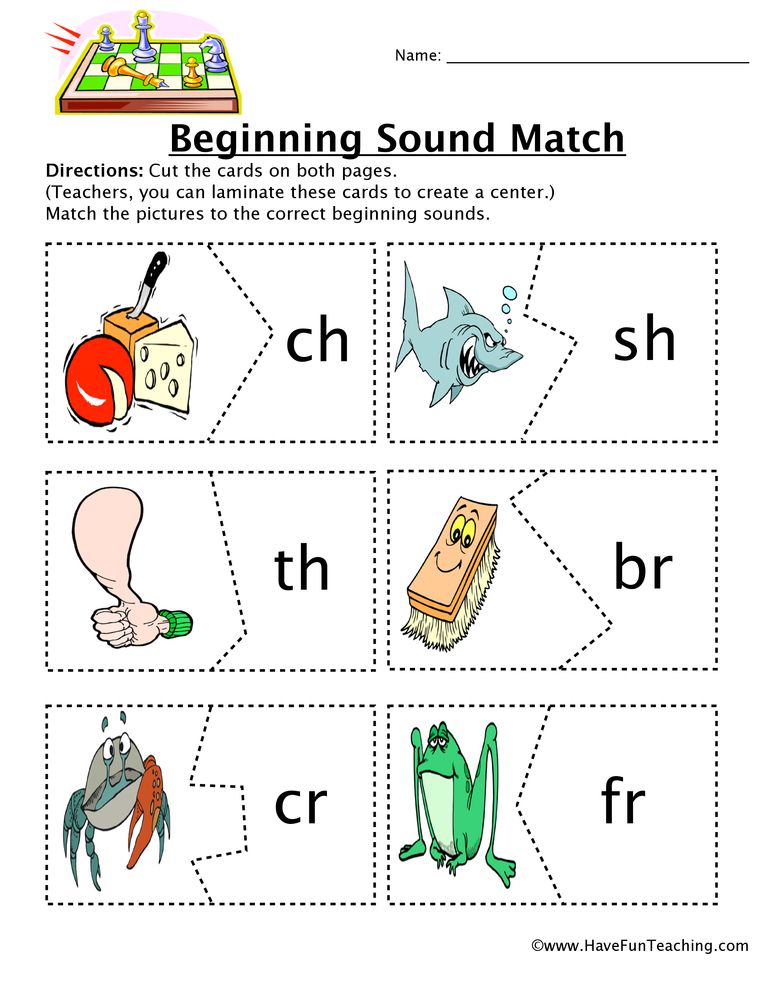 For some students, learning the letters and sounds of the alphabet can take up to a year!
For some students, learning the letters and sounds of the alphabet can take up to a year!
Take your time and go slowly. There is no rush. It is really important that each letter and sound ‘stick’ and that can only happen slowly over time with practice and repetition.
Use Tactile Materials
Use lots of tactile materials when teaching letters and sounds.
Ex: glitter glue, sand, play dough, LEGOS or canvas (to write and feel the letters)
You can watch this video with our favorite teacher Ms. Reneé to give you some ideas on how to make your own tactile letters cards!
Use Multisensory Activities
Multisensory means engaging more than one sense at a time. You see it, you say it, you hear it, you touch it, and you move with it! Using multisensory activities in your alphabet lessons makes learning fun and memorable.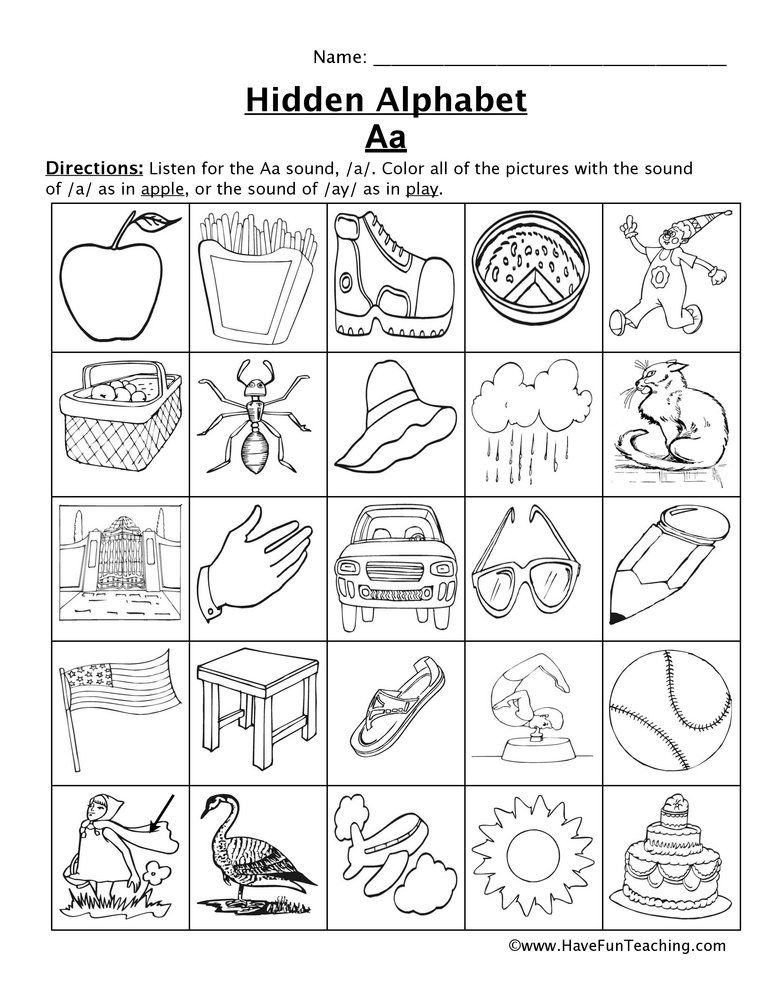 Here are some multisensory activities you can use when you are teaching your child the letters and sounds of the alphabet:
Here are some multisensory activities you can use when you are teaching your child the letters and sounds of the alphabet:
- Pair up with your student and write letters on each other’s backs with a finger. Guess what the letter is!
- While sitting on a carpet, write down each letter directly onto the carpet with two fingers.
- Fill a tray with sand or salt and write the letters in it.
- Spread shaving cream out on a tray and have your child write out the letters in the cream.
Here are some more alphabet activities and games that you might be interested in checking out:
Alphabet Q-Tip Letter Activity
Fly Swatter Alphabet Game
Alphabet Movement Activity: Simon Says
Step 3: Watch Your Student’s Pronunciation!
Once your student is able to identify letters and produce their sounds, it’s important to start monitoring their pronunciation. When you begin to introduce each letter and sound to your student, make a note of not adding an extra vowel sound at the end.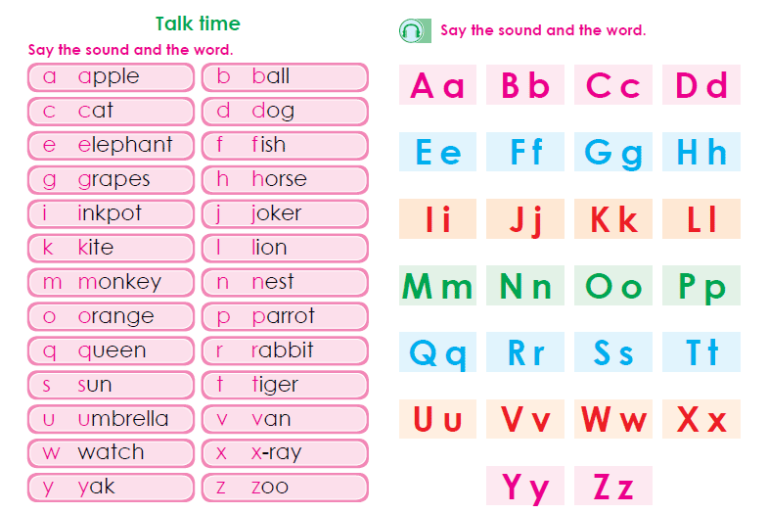 For example, if you say /tuh/ instead of /t/.
For example, if you say /tuh/ instead of /t/.
Continuous Sounds
These are the letters that make one continuous or stretched out sound. These are easy sounds. You can elongate these sounds.
m, s, f, l, r, n, v, z
Clip Sounds
These are the letters that are not as easy to pronounce in isolation without adding an extra vowel sound to the end. The vowel sound should be “clipped” to make it as short as possible.
A trick that I have learned is to put your hand in front of your mouth. When you say a clip sound, there will be a little puff of air. Stop saying the sound as soon as you feel the puff of air. These are the clip sounds.
b, c, d, g, p, t, k, j
Tricky Sounds
These are the tricky ones to teach. I have to play around with them a bit until I figure out the right way to pronounce the letter without adding the vowel to the end.
h, w, y, x
It is not necessary to teach the continuous sounds before the clip sounds.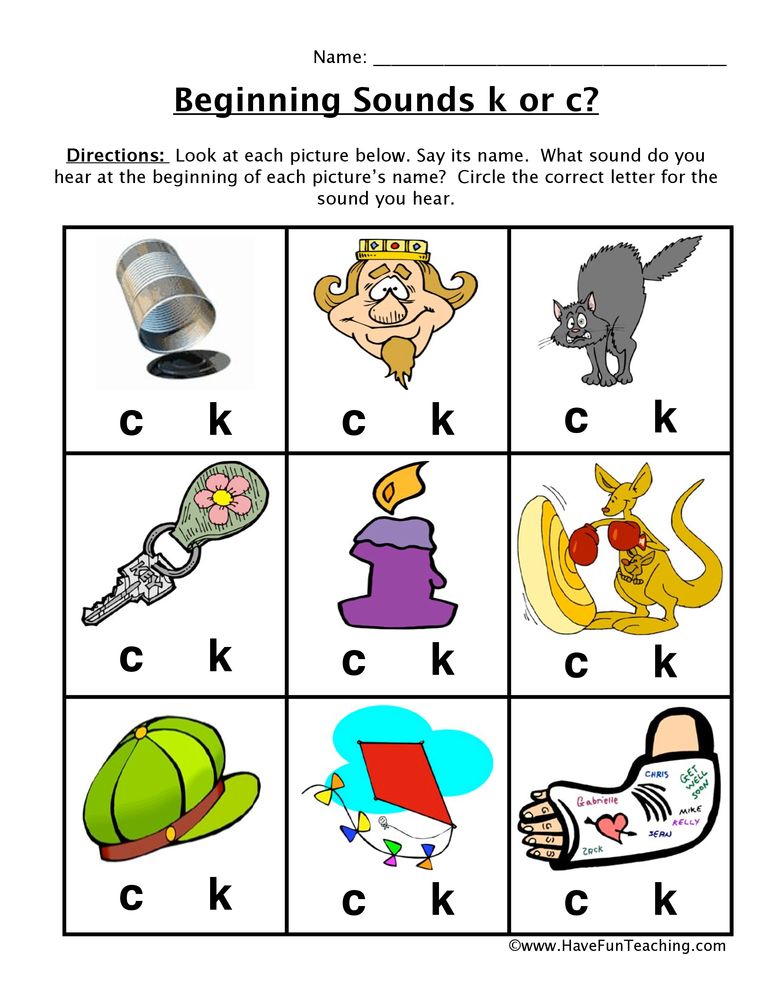 You can teach the alphabet anyway you choose. Personally, I like to first teach all of the consonants before teaching vowels. I use the vowels to teach beginning blending. I also separate the b and d to avoid reversals.
You can teach the alphabet anyway you choose. Personally, I like to first teach all of the consonants before teaching vowels. I use the vowels to teach beginning blending. I also separate the b and d to avoid reversals.
If you are interested in learning more about how to teach reading and spelling, don’t miss out on our FREE Orton-Gillingham, Structured Literacy Introduction Course!
By following these simple steps, you’ll be on your way to teaching letters and sounds like a pro! Just remember to start with phonological awareness, teach each letter in isolation, use multisensory activities and a lot of repetition, and watch your students’ pronunciation. With a little bit of teaching effort, your student will be reading and writing in no time!
Please don’t leave without checking out the PRIDE Reading Program. The PRIDE Reading Program is an Orton-Gillingham curriculum that is used by teachers, tutors, and homeschooling parents worldwide with great success.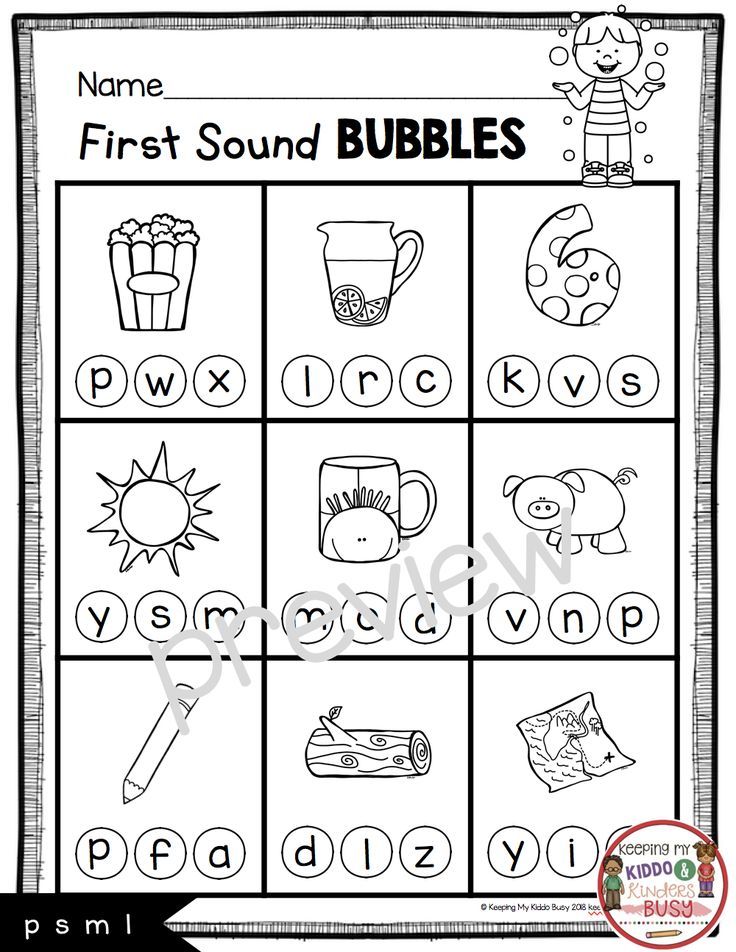
All of the skills mentioned in this post are included in the PRIDE Reading Program. Your student will enjoy learning letters and sounds with an Orton-Gillingham step by step approach in the Beginning Letters & Sounds Book. Activities and games are included and a simple to use, 100% scripted Teaching Guide for all parents, teachers, and tutors to use.
PRIDE Reading Program
Karina Richland, M.A., is the author of the PRIDE Reading Program, a multisensory Orton-Gillingham reading, writing and comprehension curriculum that is available worldwide for parents, tutors, teachers, and homeschoolers of struggling readers. Karina has an extensive background in working with students of all ages and various learning modalities. She has spent many years researching learning differences and differentiated teaching practices. You can reach her by email at [email protected] or visit the website at www.pridereadingprogram.com
Learning letters and sounds with children
7657
Before teaching a child to read, parents are advised to first teach the child to recognize and distinguish sounds.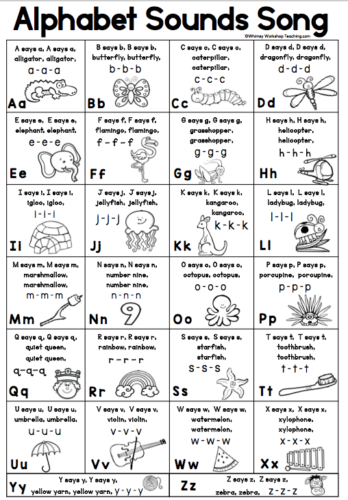 Some children understand the difference between letters and sounds after the first explanation, while others do not. And then the mother has to connect her imagination and all her pedagogical abilities in order to first understand herself, and then explain to the child why to distinguish between sounds and letters and how to do it. nine0004
Some children understand the difference between letters and sounds after the first explanation, while others do not. And then the mother has to connect her imagination and all her pedagogical abilities in order to first understand herself, and then explain to the child why to distinguish between sounds and letters and how to do it. nine0004
It is necessary to understand the following pattern: there are many more sounds than letters, sounds are more important than letters, letters in themselves do not mean anything, and all qualities, for example: sonority, softness, etc., are related to sounds. One letter can represent several sounds. Therefore, we begin to learn to speak and read precisely with sounds.
Tell a kid a story:
“People lived in ancient times. They already knew how to speak and therefore loved to tell each other fairy tales and sing songs. But everything they told was quickly forgotten, because people did not know how to write. Fairy tales and songs were so interesting that a person wanted to remember them for a long time.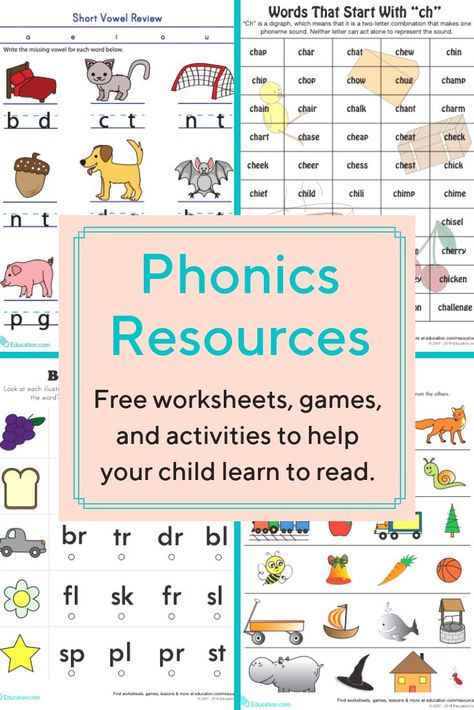 And then people came up with special letter icons. The letters denoted the sounds that people uttered when telling a fairy tale. So the ancient man began to write down his fairy tales with the help of letters. Therefore, letters-icons now live in books, but they are always silent until you want to read them aloud. And as soon as you want to read a letter, sound will immediately appear. Sound and letter are the closest friends and cannot live without each other. A letter without a sound is silent, and a sound without a letter immediately disappears. nine0004
And then people came up with special letter icons. The letters denoted the sounds that people uttered when telling a fairy tale. So the ancient man began to write down his fairy tales with the help of letters. Therefore, letters-icons now live in books, but they are always silent until you want to read them aloud. And as soon as you want to read a letter, sound will immediately appear. Sound and letter are the closest friends and cannot live without each other. A letter without a sound is silent, and a sound without a letter immediately disappears. nine0004
There will be 33 houses in the city, because there are 33 letters in the alphabet. A river will flow through the city, which will divide it into three parts. One coast is called "Vowers", the second - "Consonants", and empty houses are built on the third coast. However, houses will be built in the city not only on the shore, but also on the river. Floating houses are special. They can be painted in two colors, and empty houses in one gray color.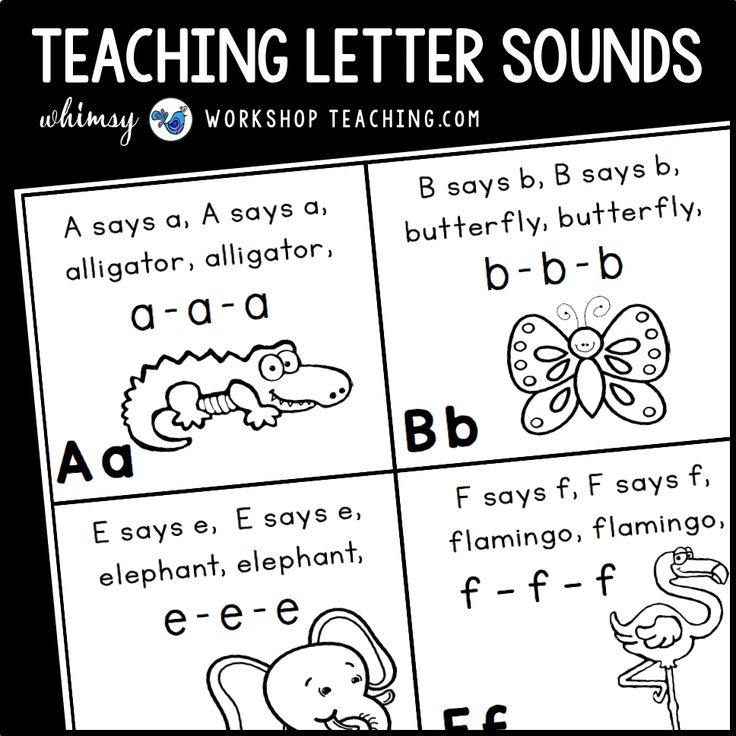
Houses in the city are divided into three types: with two tenants, with one and empty houses. nine0004
On the bank of vowels there will be 6 single houses: a, i, o, u, s, e.
Houses were built on the bank of consonants, where 2 sounds live at once - hard and soft: b-b, v-v, g-g, d-d, z-z, k-k, l-l, m-m, n -n, p-p, r-r, s-s, t-t, f-f, x-x, and single houses: f, c, w, d, h, u. In total, 21 houses were built on the bank of the consonants.
Suitcase houses will live on the river, there are only 4 of them. Two sounds Y-E live in the house E, sounds Y-O live in the house YO, in the house Yu - Y-U, in the house I - Y-A. These houses were built on the river because vowels and consonants coexist in them. nine0004
There are empty houses on the third bank: b sign and b sign. Nobody lives in these houses. Therefore, these letters do not have sounds. They are only for writing.
Play with the drawn map.
Discuss with your child in the following sequence: the letter B is the house of two friends: a large and hard sound B and a small and soft sound b. Compare how the letter B sounds, for example, in the words Bom and Bim. (In the word Bom we hear a hard sound B, in the word Bim - a soft sound b).
Compare how the letter B sounds, for example, in the words Bom and Bim. (In the word Bom we hear a hard sound B, in the word Bim - a soft sound b).
When studying consonants, call them by the sound they denote, i.e. not "me" or "em", but "m". Otherwise, later it will be very difficult for the child to learn how to combine letters into syllables and words.
The ratio of sounds and letters is a rather abstract thing for kids. And it will be easier for them to understand it if they are guided by the picture and create images in their imagination. nine0004
The Razumeikin website will help your child learn letters in the "Letters and Reading" section and get acquainted with the characteristics of sounds in the "Preparing for Literacy" section - educational videos and interactive tasks will turn learning to read into an exciting game!
Did you like it? Share with friends:
Online classes on the Razumeikin website:
-
develop attention, memory, thinking, speech - namely, this is the basis for successful schooling; nine0004
-
help to learn letters and numbers, learn to read, count, solve examples and problems, get acquainted with the basics of the world around;
-
provide quality preparation of the child for school;
-
allow primary school students to master and consolidate the most important and complex topics of the school curriculum;
-
broaden the horizons of children and in an accessible form introduce them to the basics of various sciences (biology, geography, physics, chemistry).
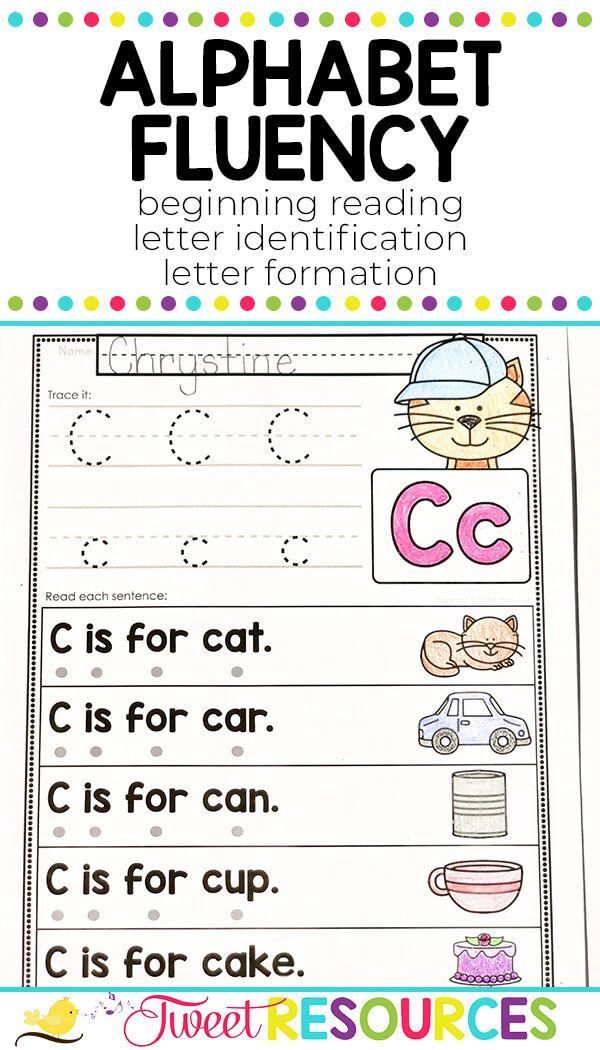 nine0004
nine0004
Where to start learning to read - with sounds or letters? - METHODOLOGY OF TEACHING RKI FOR EVERYONE
And today, dialogues about sounds and letters.
Read, comment. I'm very interested in your opinion.
- I have one question about the principle of verbal anticipation "first sound - then letter". I recently started learning French, I learned vocabulary blocks from YouTube videos: numbers, days of the week, months, clothes, food, etc. Then I realized that I still need to buy a textbook and learn the language systematically, learned phonetic rules from the textbook (for example, that en em an am sounds like nasal o, and in im like nasal a), and found that many words that I I learned earlier exclusively by listening to how the native speaker pronounces it and looking at the word, but not knowing the phonetic rules, I learned it wrong. For example, the word pantalon pants initially, listening only to audio, I heard as , now, knowing the rule, I know that an is nasal o (apparently earlier, since we don’t have nasal a and o in Russian, my ear did not distinguish them).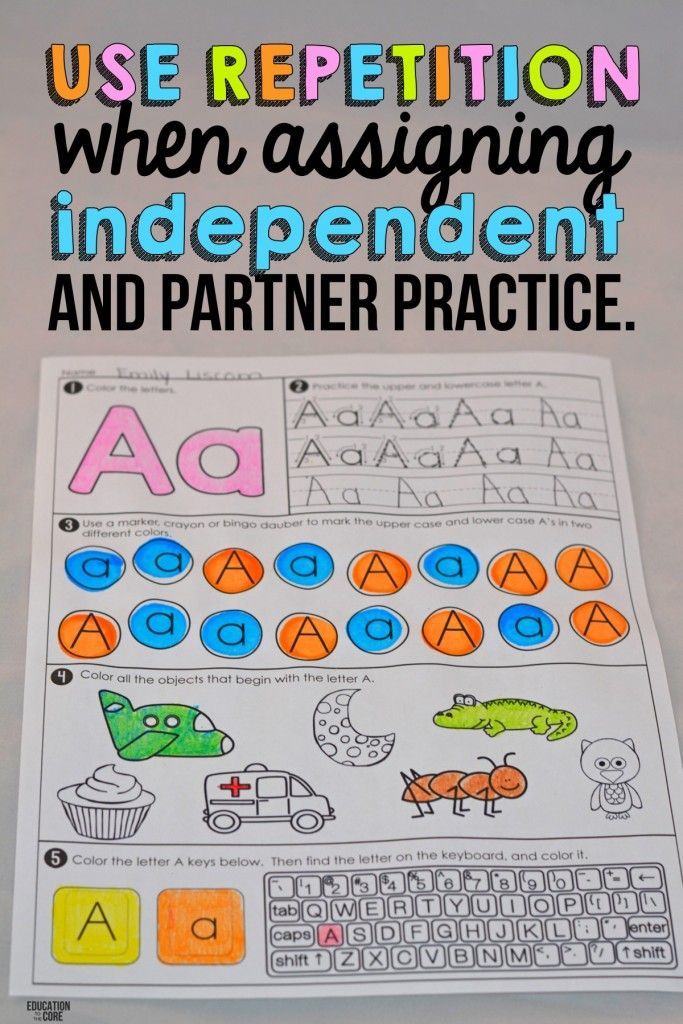 Therefore, my question is this: is it really necessary to spend time first on giving the student only to listen, or is it possible to immediately explain the rules of phonetics (o in unstressed it is pronounced [Λ] or [b]), and then knowing the rule, the student himself will be able to , based on the spelling of the word, understand how this word is read? I, based on my failed experience of learning French, would prefer only this method: learning the spoken and written language at the same time! :)
Therefore, my question is this: is it really necessary to spend time first on giving the student only to listen, or is it possible to immediately explain the rules of phonetics (o in unstressed it is pronounced [Λ] or [b]), and then knowing the rule, the student himself will be able to , based on the spelling of the word, understand how this word is read? I, based on my failed experience of learning French, would prefer only this method: learning the spoken and written language at the same time! :)
- In general, in the standard Russian as a foreign language course, we simultaneously introduce letters, rules of reading and pronunciation. We indicate what sound / sounds the letter stands for.
Oral speech is still primary. There are completely oral courses, no reading instruction, only listening and speaking. By first demonstrating only the sound and only then the letter, we develop phonemic hearing in a foreigner (i.e., the correct perception and discrimination of sounds of a non-native language).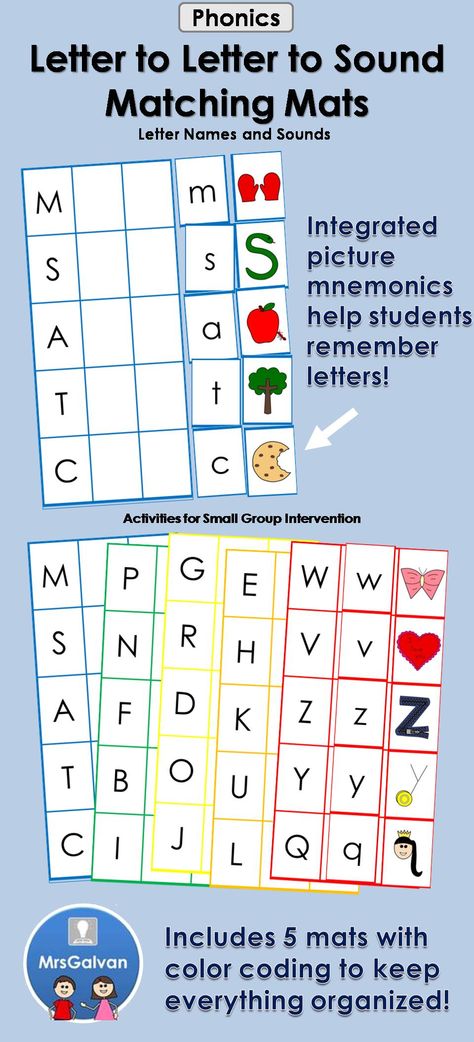
And it seems to me that in a good self-study video course in the first lessons there should be a transcription of words. Otherwise, there is no possibility of self-testing. nine0004
In general, I like verbal advance as a method. If a foreigner learns a language in a language environment, he is constantly getting ahead of himself: everywhere he hears new vocabulary, new forms.
In intensive courses (for example, according to the Kitaigorodskaya method), first there is a completely oral course (something about a week, maybe more): perception and memorization, repetition by ear, without visual support. And only then, after some time, a text appears, reading rules, a systematic explanation of grammar. nine0004
- D but, probably, if the intensive course and the main goal is to speak quickly, then written speech is not needed. in a long-term course, it’s probably better to go in parallel .. although they say that oral speech is primary, but in the modern world, in my opinion, written speech is no less significant than oral: even communication - and it is often not verbal, but correspondence in social networks or managers, all exams are also written.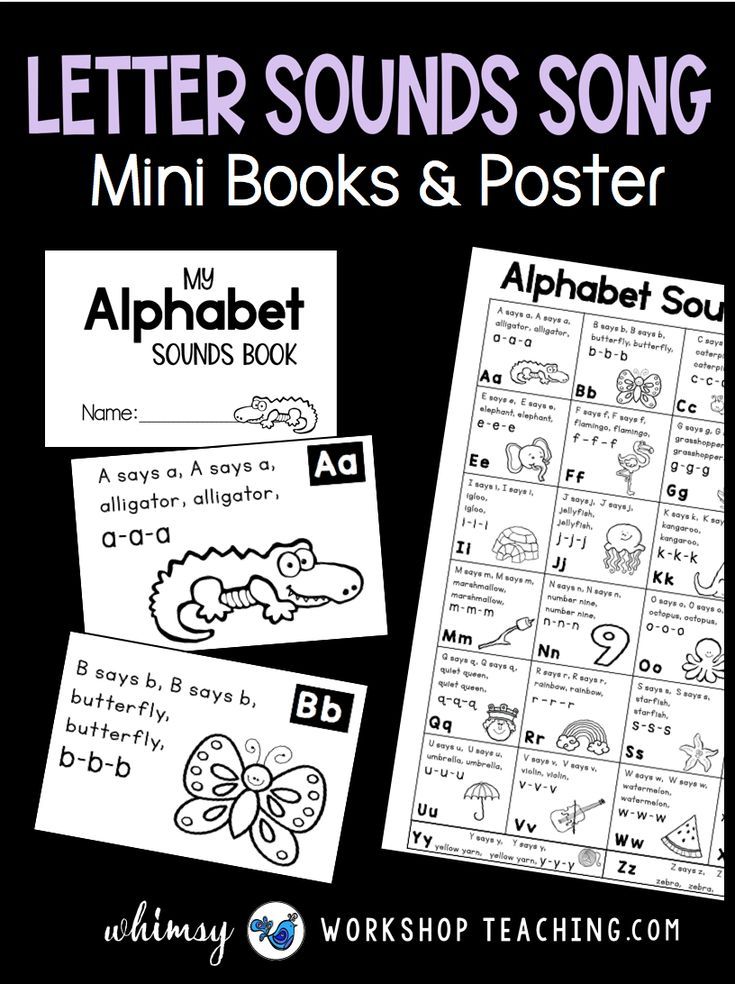 i.e. to letters and their COMBINATIONS!!!), and when explaining the rules of reading, we compare the sound with writing (we do this already in the first lessons, as soon as the words SHE, THIS, CITY, BUS, etc. are encountered), then we deduce the rules of reading and train." nine0077
i.e. to letters and their COMBINATIONS!!!), and when explaining the rules of reading, we compare the sound with writing (we do this already in the first lessons, as soon as the words SHE, THIS, CITY, BUS, etc. are encountered), then we deduce the rules of reading and train." nine0077
- It was also said in the webinars that you should first teach all the sounds, and only after that move on to the alphabet. Is this a standard technique, or are there other approaches along with it (alphabet first, then sounds, or alphabet and sounds in parallel)?
The principle of verbal anticipation (that is, the introduction of the material first orally, and then the appeal to the graphic image and analysis) is one of the basic principles of the methodology. There are intensive methods (such as the Kitaigorodskaya method), which initially for a week (maybe a little more, I don’t know for sure) involve a completely oral presentation of the material, without relying on spelling and without explaining grammar.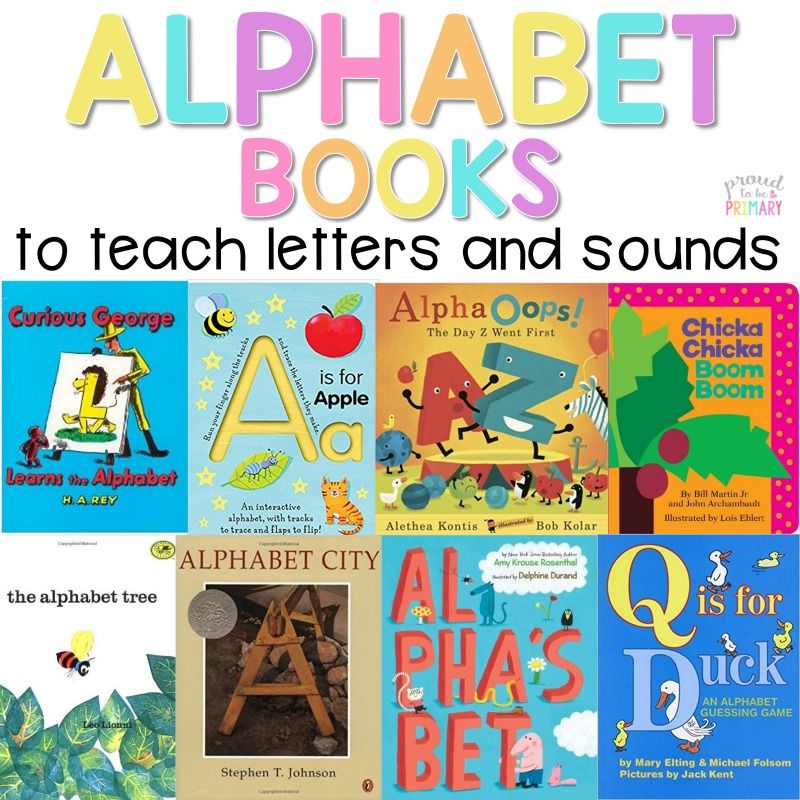 Galina Alexandrovna Kitaygorodskaya herself calls it a "blow to the ears." nine0004
Galina Alexandrovna Kitaygorodskaya herself calls it a "blow to the ears." nine0004
All of this is based on the natural learning of human speech. First, the child learns oral speech, and then learns to read and write.
In a regular course, when explaining a topic, you can first let them perceive new forms by ear (I live in Moscow - prepositional case), and then present a visual image, i.e. written text. Many teachers resort to this technique in order to use all channels of perception, to make learning faster and more effective.
For me, the standard scheme is to enter sounds and the alphabet in parallel. nine0004
i.e. different options are possible. The introduction of sounds first, and then the alphabet and reading rules forms the initial skills of listening and phonemic hearing. But this is not the only way.
About the introduction of the alphabet: https://marjulia.livejournal.com/96255.html
There is generally a completely oral course (if any written phrases are given, then only in Latin): https://marjulia. livejournal.com /201661.html
- I think the parallel introduction of sounds and letters is the most "painless" way for students, I will use it. nine0074
I remembered another question, again about phonetics.
It seems to me that the international phonetic alphabet can be very helpful in teaching phonetics, but it is not used in any of the textbooks that I have read. Are there RFL textbooks that operate with a simplified version of the IPA?
- I have not yet seen that the international phonetic alphabet is used in Russian as a foreign language textbooks.
True, I recently went to the bookstore "Young Guard" and there in the Russian as a foreign language department I saw cards with letters and transcriptions in accordance with the IFA. Attached photo:
- Thank you, I'll take note of the cards!
Once again, I read the entry in your blog https://marjulia.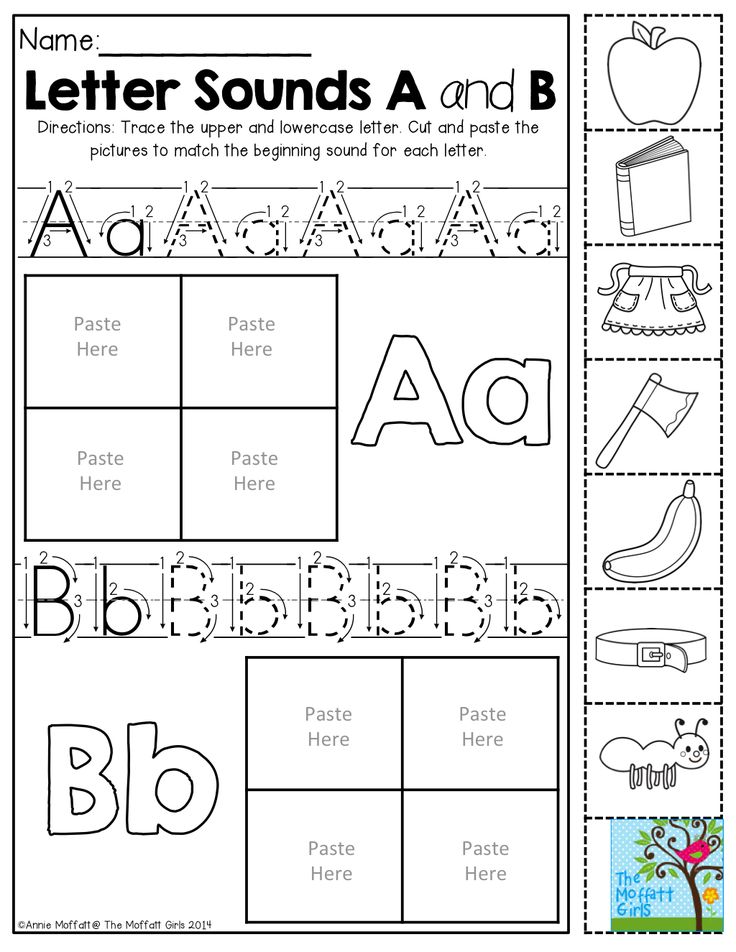
Learn more

